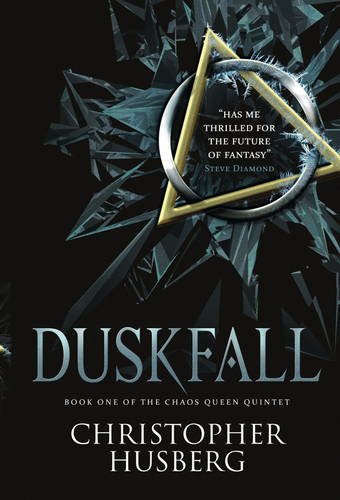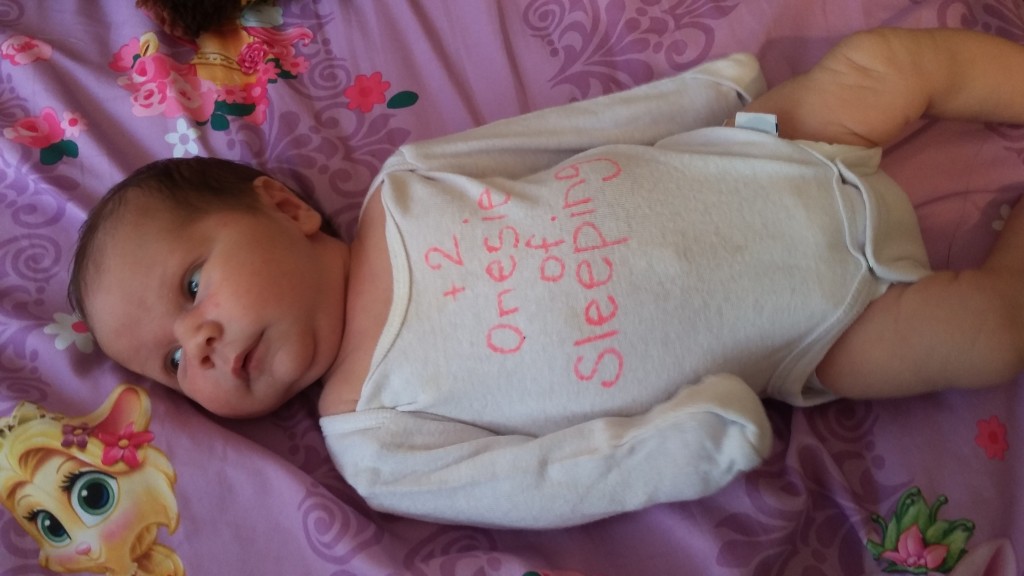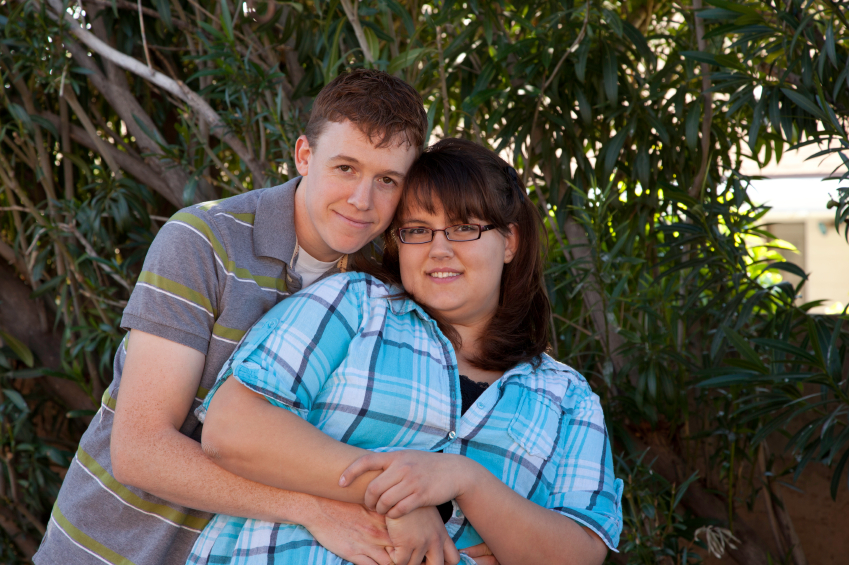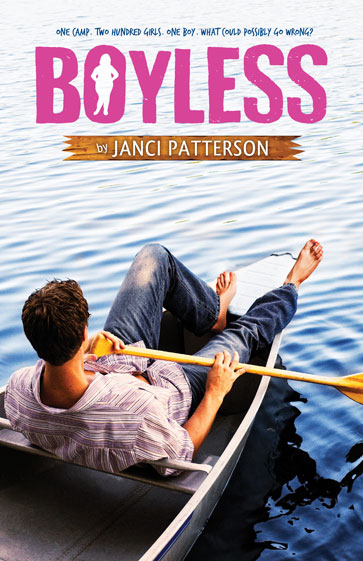Today is the release day of DUSKFALL–debut novel of the awesome Christopher Husberg. This is one of my favorite epic fantasy novels ever. I love the genre, but I put down far more of the books than I finish, because of the epic fantasy tendency toward slow pacing and bloated description. DUSKFALL is a novel that moves, the characters are compelling, and the world is awesome and well-drawn. Seriously, you should read it right now. But in case you need more convincing, here are my three favorite things about it.
Not counting the gorgeous cover, of course:
#1: DUSKFALL has women in it.
Okay, this seems like it should be a given, right? But SO many of the epic fantasies I pick up have a) no women who are not love interests, b) no women who are side characters, or (sometimes and!) c) only women who are spoken of by other characters/treated by the narrative in condescending, objectifying, or gender typical ways. This might be better than our Tolkein roots in which there are almost literally no women, but not by, you know, a lot.
The women in DUSKFALL, on the other hand, are full characters with their own motivations and goals. I love each of them for different reasons. Their actions serve their own character arcs. These characters are not always “likeable.” I never felt like they were token. They felt like people who happen to be female as opposed to women who are written as if femininity is the foremost (or only!) aspect of their character. They were all different from one another! There are romance arcs, but they’re secondary to the central character arcs of each of the women. Winter, especially, had one of the most horrifying and compelling arcs I’ve read in a long time. AND, while the book doesn’t go out of its way to call attention to the fact, as main characters the women outnumber the men. All without changing the tone of the dark epic fantasy book which will surely still appeal to male readers, probably even as a primary audience, given the state of the genre.
It’s shameful that this makes the list of my very favorite things about this book, but this was the best handling of female characters in an epic fantasy that I have perhaps ever read. It made my inner feminist do a happy dance. For real.
#2: I want to avoid spoilers, but there’s an addiction story that was the best handled portrayal of addiction that I have ever seen in fiction. I generally avoid drug narratives in books and films, because glorification of drug use often makes me feel physically ill. This one, however, was so artfully done, I felt incredible empathy for the character, though the behavior of this character was truly classic (and rightly terrifying) addiction behavior. There was a scene near the end of this arc that was at once awful and incredibly powerful. This is fiction at its best–dealing with darkness in realistic ways without stumbling over messages or glorifying illness. I wish I could say more but…spoilers.
#3: It does things that I thought couldn’t be done, and does them well. DUSKFALL, to my great surprise, had not one but three elements that are hard to pull off in new and interesting ways: amnesia, vampires, and elves. I didn’t know it was possible to sell a book with elves in it anymore, but these elves work wonderfully. (And kind of Vvardenfell-esk, which puts them close to my heart.) The amnesia is plausible, well-structured, and generally well-written. And the vampire was just plain awesome.
I limited myself to three things, but if I was going to pick a fourth, it would be how much more story there obviously is to be told. It sold in a five book deal…and I wish I had the sequel already. And the one after that. And the one after that. And the one after that.
But hey, if you haven’t read this one yet, you still get to read it for the first time. Lucky you. Get to it.




